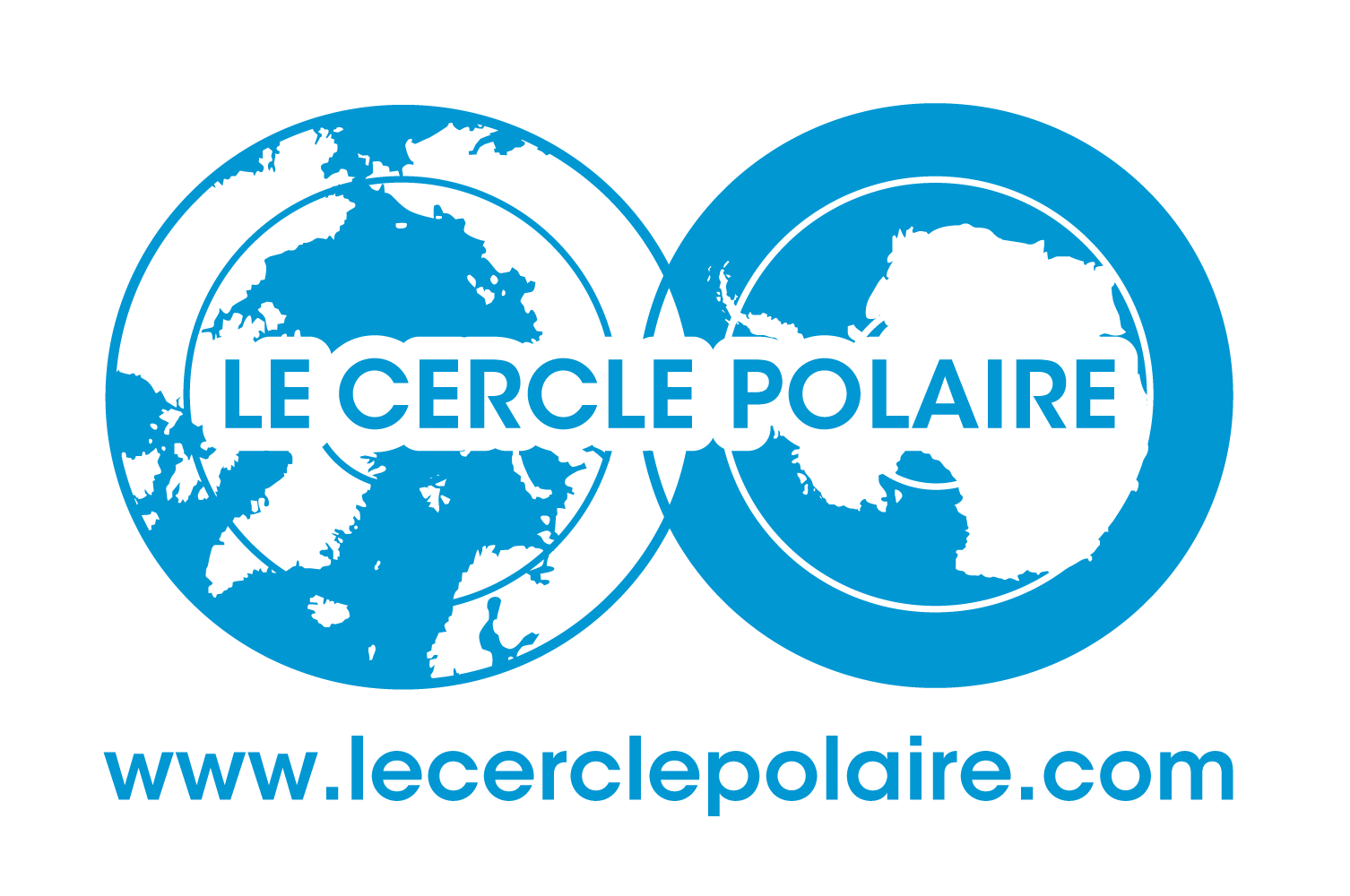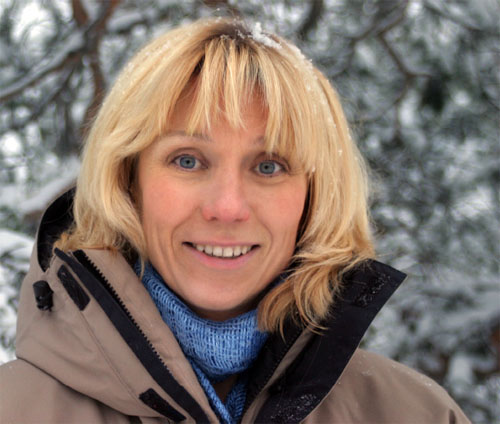![]() Paula Kankaanpää
Paula Kankaanpää
Researcher • Finland
“We demand environmental accountability from the energy operating in the Arctic”
Paula Kankaanpää is the Director of the Arctic Centre in Finland and the Vice-Rector of research at the University of Lapland. A sea ice scientist formelly with the Finnish Institute of Marine Research, she has worked with the Arctic Council, the Barents Council and the Antarctic cooperation in Finnish Ministry of the Environment for ten years. She has lived in Alaska and Iceland and is familiar with life in Artic Canada and Svalbard.
As a child, I learned to swim in the Arctic Circle, in the clear and cool waters of the Kemi-river in Lapland. Even this far North, the summers are sometimes warm with beautiful sunny nights. When playing, hiking and skiing in the forests and on the hills here, it never occurred to me that I would end up working as an expert on this environment, but I did. I specialised in sea ice. We drilled through ice ridges, measured, and sampled them. They can pile up to 15 metres deep in the Baltic Sea, and in the Arctic Ocean they can be even thicker. No wonder they are difficult obstacles for ships. The ice in the Arctic Ocean has started to melt and the icebergs have also started to move which does not make the icy waters any safer. The Arctic is one of the last wildernesses left in the world as well as home to its northern inhabitants and Arctic indigenous peoples. The warming climate and dramatically increasing global demand for natural resources mean that the now more accessible Arctic is a focus of interest for the entire world. We can feel it in Lapland. The whole Arctic feels it. The future expectations are a mix of hopes and fears. Over ten percent of the world’s oil resources and a quarter of its gas are located in the Arctic. The Arctic area produces an important share of the world’s fish catch and timber growth is increasing. In Finland alone, there are about thirty international mining organisations including large gold and nickel mines just opened in the North. Gas pipelines are being built between winter and summer pastures which cross the vital reindeer routes of the nomadic herders in Siberia. We, the gas consumers, must pay attention to the place of origin of our gas and demand environmental accountability from the energy industry operating in the Arctic. The beauty of Arctic nature is attracting an increasing number of tourists here, and we hope they are coming for the peacefulness of nature and authenticity of the cultures. Overall, we have enough resources and knowledge to take care of the development of the Arctic in a sustainable manner. It’s a question of will, awareness, understanding and consumer demands. Today, I am happily living in Rovaniemi, working as the Director of the Arctic Centre of the University of Lapland with the objective of distributing scientific results and making them available to a wide public as well as decision.

